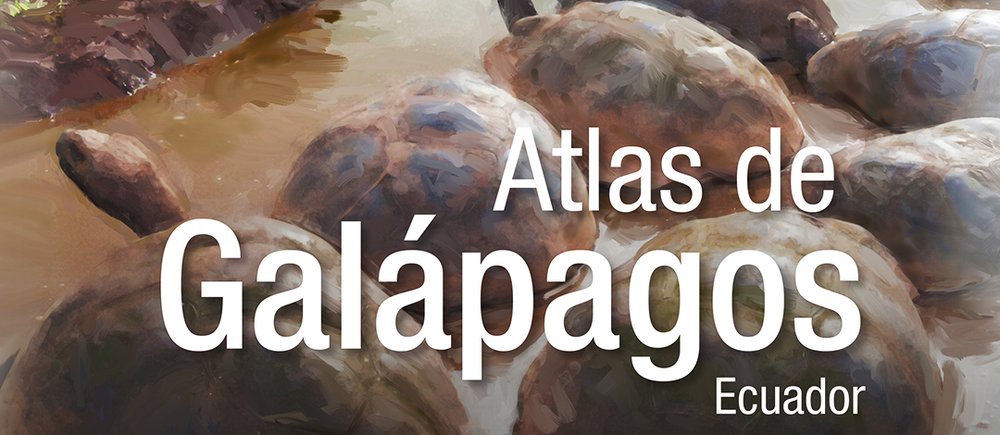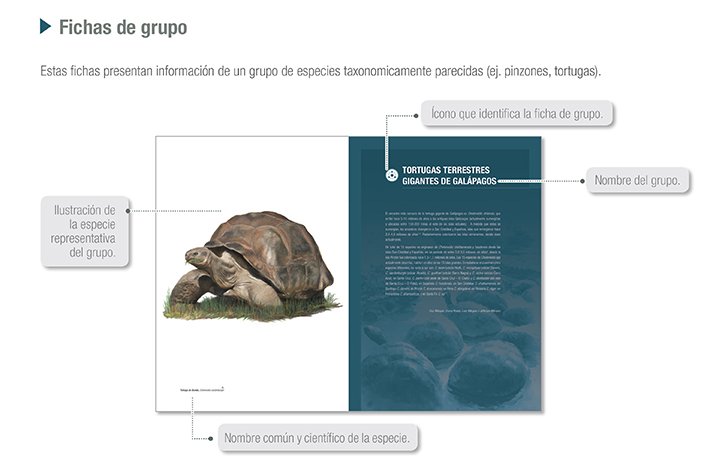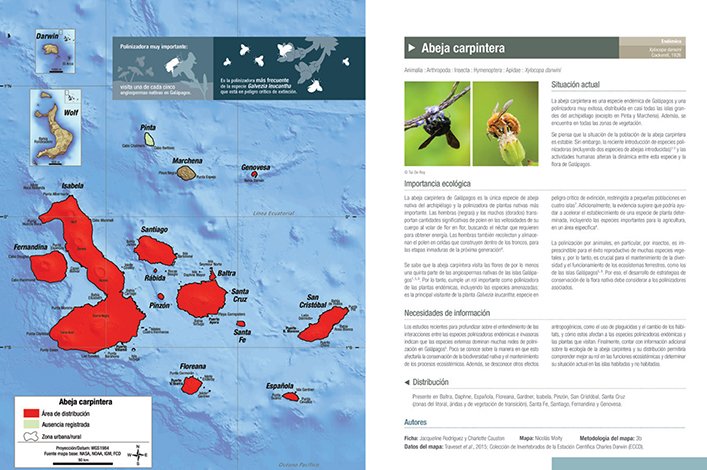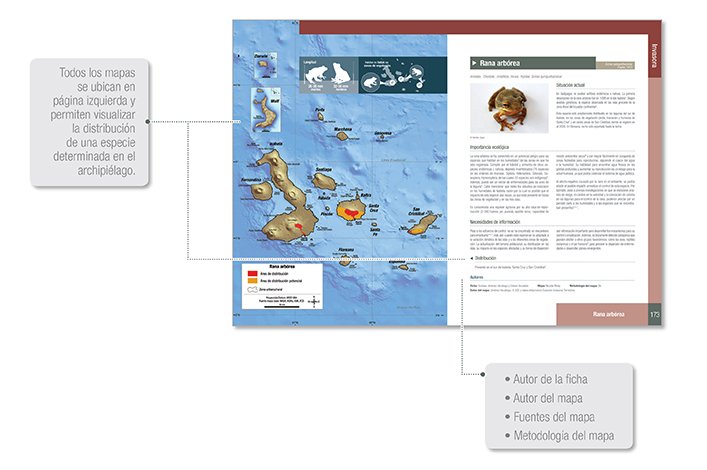
The Charles Darwin Foundation (CDF) and World Wildlife Fund Inc. (WWF) wish to recognize the extraordinary support received from people and institutions, who have contributed in a significant way to both the execution of our programs and projects, and our organizational development. In addition, many of them have collaborated in the compilation and preparation of the records, the maps and all the information used for the production of this Atlas, for which both the Charles Darwin Foundation and WWF-Ecuador would like to express their gratitude.

In the face of worldwide environmental deterioration provoking the extinction of thousands of plant and animal species, we must ask ourselves: how far will we be able to maintain biodiversity and ecological processes intact in the Galapagos Islands? What have we done for their conservation? What are the main threats? And what can we do in the long term to achieve the archipelago's conservation objectives? The Atlas of Galapagos, Ecuador: Native and Invasive Species will help us answer such urgent questions.

Biodiversity in oceanic islands has a number of characteristics —such as ecological simplicity, docility, or low defenses against exotic species— making them more susceptible to extinction than continental ones. For example, 9 out of the 94 bird species extinct on the planet since contact with Europeans were continental: the remaining 83 lived on oceanic islands. Those figures show how extinction by human causes is more frequent in insular environments. The intentional or accidental introduction of continental species into islands is one of the main causes for extinctions— native and endemic species lack defenses against continental diseases and parasites or mechanisms to compete against grazing and predation.

The 70 authors in this book are national and international professionals — including renowned scientists working in long-term research. They provide basic information on topics as diverse as geology, climatology, Charles Darwin's observations, history of human settlements, introduced species, and fishing and tourism activities as main sources of income.
This collective narrative provides a starting point to understand the magnitude of the impact that species introduced into the archipelago have on endemic and native species, as well as on terrestrial, marine-coastal and oceanic ecosystems, both in protected and unprotected, urban and rural areas. Records presenting 16 groups of plants and animals and 45 individual species provide updated information about their conservation status, how much scientific knowledge has been acquired about them, and the research needs — all complemented with illustrations, infographics and maps showing their distribution in the archipelago.
With clear and carefully crafted contents, this Atlas is at the same time an excellent divulgation tool for the general public, and an essential instrument for decision-making in an environmental management context. It will, without any doubt, become a reference work for all those interested in natural sciences and in the protection of the Galapagos Islands, a Natural Heritage Site.





